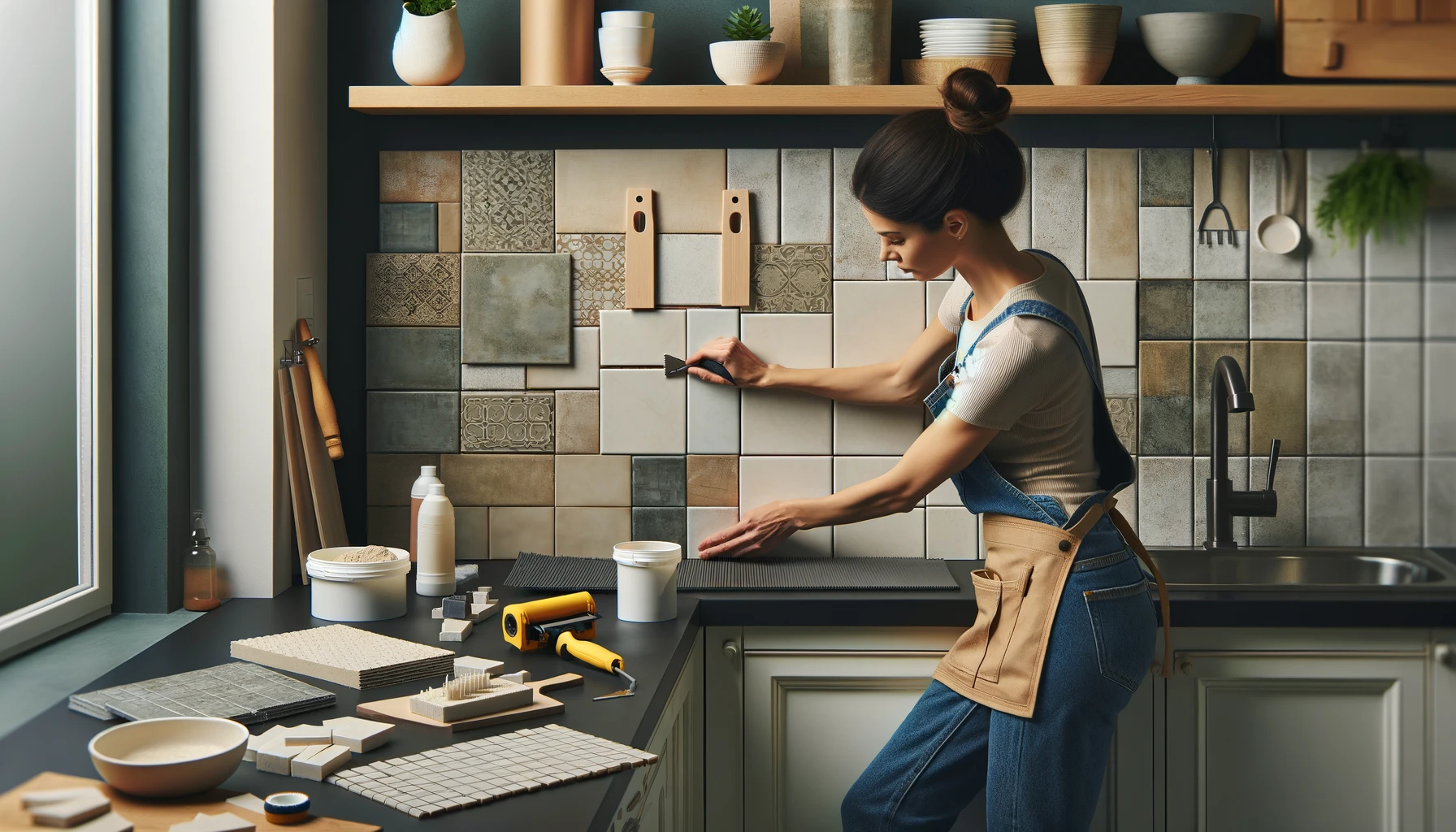Upgrading your kitchen doesn’t have to involve a complete overhaul. Installing a DIY kitchen backsplash is a fantastic way to breathe new life into your space while adding a protective barrier against splatters and spills. With a plethora of materials and designs to choose from, you can customize your backsplash to perfectly complement your kitchen’s style. Ready to transform your cooking area? Follow this comprehensive guide to install a stunning kitchen backsplash on your own.
Materials You’ll Need
Before you embark on your backsplash installation journey, gather the following materials:
- Backsplash tiles: Choose from ceramic, glass, or any other material that suits your aesthetic preferences.
- Tile adhesive or mastic: Ensure it’s suitable for your chosen tile material.
- Grout: Select a color that complements your tiles.
- Notched trowel: For spreading adhesive evenly.
- Tile spacers: Ensure uniform gaps between tiles.
- Wet saw or tile cutter: Necessary for cutting tiles to size.
- Grout float: For applying grout evenly.
- Sponge and bucket: Essential for cleaning up excess grout.
- Level: To ensure your tiles are installed straight and level.
- Measuring tape: For accurate measurements and layout planning.
Choosing Your Tiles
Select tiles that enhance your kitchen’s decor and style. Measure your backsplash area carefully to determine the quantity of tiles required for your project.
Preparing the Wall
Before you begin, ensure that your wall is clean, dry, and smooth. Repair any cracks or holes using spackle or patching compound, and allow it to dry completely before proceeding.
Laying Out Tiles
Dry lay your tiles on the wall to plan the layout. This step is crucial, especially if your design involves intricate patterns or different sizes of tiles.
Applying Adhesive
Using a notched trowel, spread tile adhesive or mastic onto the wall in small sections. Work methodically to prevent the adhesive from drying out before you can place the tiles.
Placing the Tiles
Press each tile firmly into the adhesive, using tile spacers to maintain consistent spacing between tiles. Check periodically with a level to ensure that your tiles are straight and even.
Cutting Tiles
Use a wet saw or tile cutter to cut tiles as needed for edges, corners, or around outlets. Measure twice and cut once to ensure accuracy.
Applying Grout
Once the adhesive has set according to the manufacturer’s instructions, remove the tile spacers and apply grout using a grout float. Work the grout into the gaps between tiles at a 45-degree angle to ensure full coverage.
Finishing Touches
After applying the grout, use a damp sponge to remove excess grout from the tile surfaces. Allow the grout to dry completely, then polish the tiles with a clean, dry cloth. Finally, seal the grout with a grout sealer to protect it from moisture and stains.
By following these step-by-step instructions, you can achieve a professional-looking kitchen backsplash that adds both style and functionality to your space. So roll up your sleeves, gather your materials, and get ready to transform your kitchen into the culinary oasis of your dreams!



